
I did know Füssen is known for intriguing Trompe-l’œils on the walls of the High Castle (Hohes Schloss). Though, I was surprised to see in the streets of Füssen such an impressive Trompe-l’œil featuring a book.
You only see what you know (Goethe)

I did know Füssen is known for intriguing Trompe-l’œils on the walls of the High Castle (Hohes Schloss). Though, I was surprised to see in the streets of Füssen such an impressive Trompe-l’œil featuring a book.

Füssen has been a centre of the lute- and violinmaking industry for many years. In 1562, the city saw the foundation of the first lute makers’ guild in Europe. Today, the Museum of Füssen displays an extensive collection of historical lutes and violins.
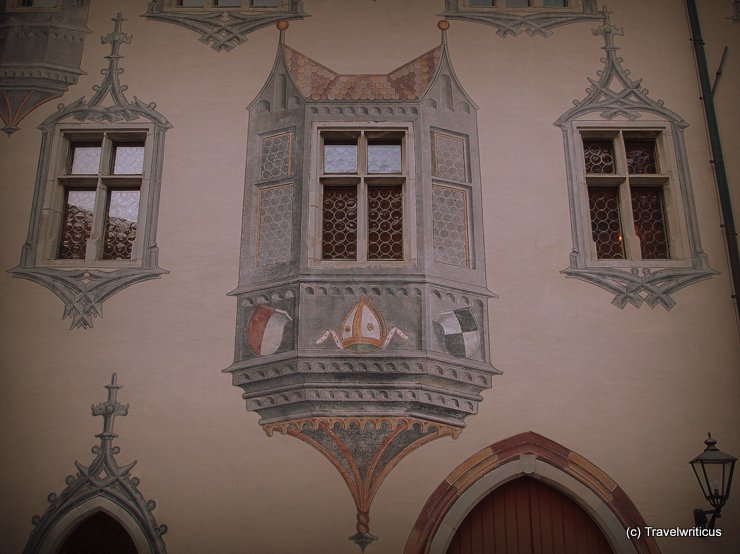
The High Palace (Hohes Schloss) in the Bavarian city of Füssen is known for its Trompe l’oeil architectural paintings. For example, I was impressed by the illusionistic oriel windows. They give the building a surreal touch.

The Breitachklamm is a gorge located in Allgäu next to the border between Germany and Austria. On the German end of the ravine, there is a helpful exhibition hall explaining the different parts of the gorge and how such a gorge comes into being.

On the manhole covers in Füssen, you see the local city arms showing three legs. This is a fine example of canting arms. The German word for feet is “Füsse”. But why sounds this Bavarian town name like a body part?
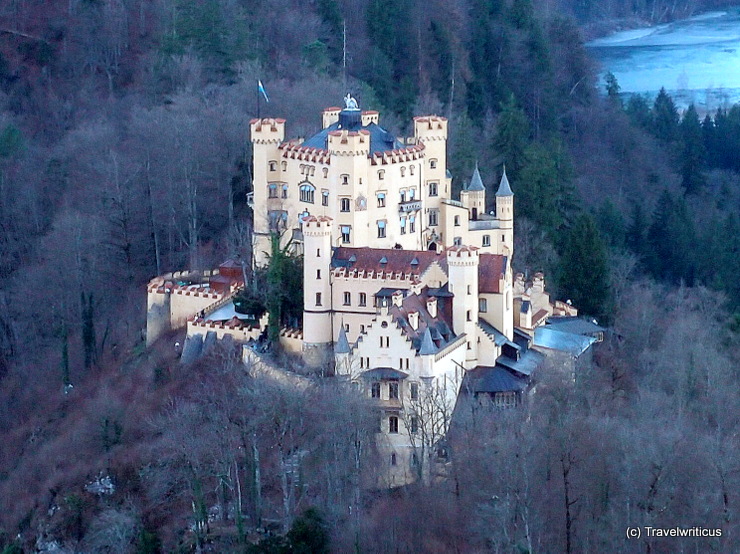
From the balcony of Neuschwanstein Castle, I got a fine view of the nearby Hohenschwangau Castle. Whereas Neuschwanstein is known as a dream castle built by King Ludwig II of Bavaria, Hohenschwangau was the castle of his parents and his childhood. Living there, he probably forged out plans for a palace of his own the first time.

The danse macabre (Totentanz) in Füssen is the oldest one of Bavaria. Jacob Hiebler was the painter. You’ll find this work created by Jacob Hiebler in the Museum der Stadt Füssen. This heritage museum uses the rooms of the former St. Mang’s Abbey.
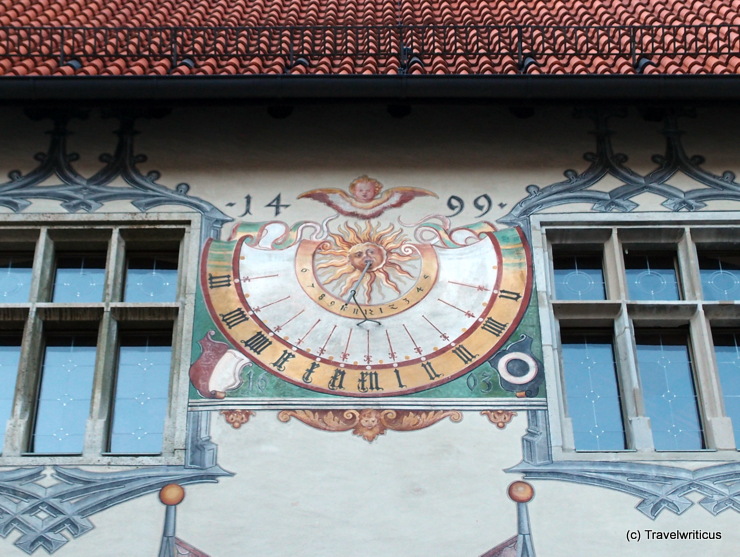
This sundial is located in the courtyard of the High Castle (Hohes Schloss) in Füssen. Around the windows, one can see a small piece of the Trompe-l’œil for which the castle is known. It is assumed that these paintings were made around 1499 by the painter Fidelis Eichele.
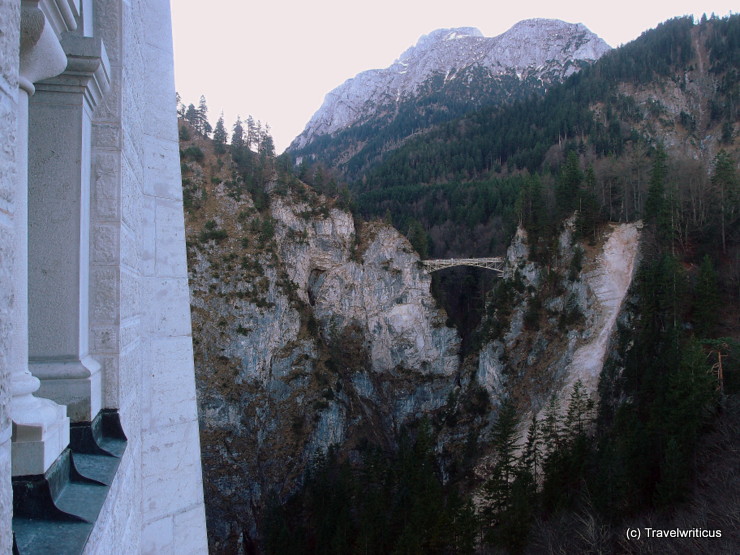
A longshot of the Marienbrücke taken from a balcony of Neuschwanstein Castle (Schloss Neuschwanstein). From there one has an excellent view over the whole castle. The bridge can be reached by bus starting near the ticket office in Hohenschwangau.
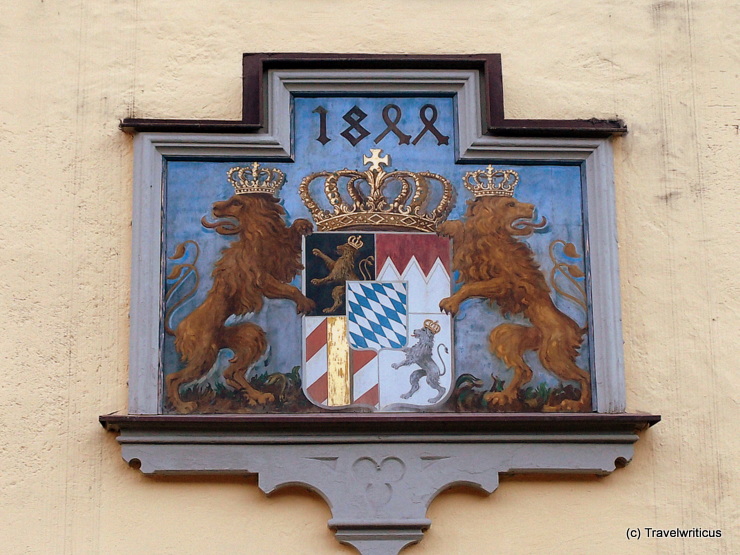
This coat of arms, seen at an old building in Schwangau, displays the coat of arms of the kingdom of Bavaria introduced in 1835. The date above the crown has to be read as 1844. In former times, the 4 had been written as half 8.